How Can You Express Your Emotions Through Art?

Release Your Emotions the Healthy Way : Use Art
You’ve probably experienced situations where you felt overwhelmed and stressed-out. But for a particular reason, you were unable to express these negative feelings in a verbal way, talking to a relative or a friend. What if there was another healthy way for you to express your feelings?
Emotions play a crucial role in our daily lives, serving as a barometer for our internal experiences and it’s important to process them in a healthy manner. Art therapy provides a unique and effective way for individuals to express their emotions in a non-verbal manner. In this blog article, we’ll explore everything you need to know about how to express your emotions through art.
Whether you are an experienced artist or have never picked up a paintbrush, this article will provide you with valuable insights into the therapeutic benefits of using art to express emotions.
Let’s get started!
It’s Crucial to Release Emotions
Releasing emotions is a crucial aspect of maintaining one’s mental and emotional well-being. Emotions can have a profound impact on our daily lives. When emotions are not processed and released in a healthy manner, they can become bottled up and lead to a range of negative consequences.
Repressed emotions can lead to chronic stress, which has been linked to various physical health problems such as cardiovascular disease, headaches, and digestive issues. Chronic stress can also negatively impact one’s mental health, increasing the risk of anxiety and depression.
But that’s not it. Bottled-up emotions can also contribute to low self-esteem and negative self-talk, causing a cycle of negative thinking and decreased quality of life. It is important to find healthy ways to process and release emotions, and this is where art therapy can be incredibly beneficial.
Art therapy provides a unique and effective means of expressing emotions without the need for verbal communication. If art therapy is unknown to you, make sure to read this blog post.The act of creating art allows individuals to externalize their emotions, providing a visual representation of their internal experiences. This process can be cathartic and can help individuals gain a deeper understanding of their emotions, leading to improved emotional regulation and overall well-being.
From Mind to Artwork: How Emotions Impact Art
Emotions have a profound impact on art and the creative process. When individuals create art, they are not only expressing their emotions, but they are also actively processing them. This processing can occur on a conscious or subconscious level, leading to the creation of artwork that is deeply personal and reflective of the artist’s emotional state.
Artists often use their artwork as a way to communicate their emotional experiences, and the audience can relate to and understand the emotions conveyed through the artwork. How many times did you stare at a masterpiece and felt connected to the artist? You could feel what he wanted to convey and you could understand his message. Well, that’s the magic of art. This emotional connection can be particularly powerful, as it allows individuals to connect with others and feel seen and understood.
The impact of emotions on art is not limited to the content of the artwork itself, but also extends to the creative process. When individuals are experiencing negative emotions, such as anger or sadness, their art may reflect this through the use of bold, intense colors, and energetic brushstrokes. On the other hand, when individuals are feeling happy or peaceful, their art may reflect this through the use of softer, more tranquil colors and slower, more deliberate brushstrokes.
It is important to note that not all art created during a particular emotional state will reflect that emotion. The creative process can be therapeutic, allowing individuals to process and release their emotions in a healthy manner. The end result may not always be a direct reflection of the artist’s emotional state, but the process of creating art can still have a profound impact on the individual’s emotional regulation and well-being.
How To Express Emotions Through Art : Steps Toward Self-Expression
Expressing emotions through art can be a therapeutic and empowering experience. Here are some steps to help you get started on your journey of self-expression:
- Find your medium: there are many different art forms that can be used to express emotions, including painting, drawing, sculpture, collage, and mixed media. Take some time to experiment with different art forms to find the one that feels most comfortable and expressive for you.
- Set aside dedicated time for art-making: creating art can be a time-intensive process, so it is important to set aside dedicated time for art-making. This can be as short or as long as you would like, but it is important to make this time a priority.
- Allow yourself to let go of preconceived notions: art-making is a personal and intimate experience, and it is important to let go of any preconceived notions or expectations. Allow yourself to create freely, without worrying about whether your artwork is “good” or “bad.”
- Use color to reflect your emotions: color has a powerful impact on our emotions, and it can be used to reflect the emotions that you are feeling. For example, red can represent anger or passion, while blue can represent sadness or peace.
- Experiment with different textures and brushstrokes to express your feelings through art: different textures and brushstrokes can evoke different emotions, so experiment with different techniques to find the ones that best reflect your emotional state.
- Allow yourself to get lost in the process: the act of creating art can be therapeutic and meditative, so allow yourself to get lost in the process. Focus on the sensations of the brush against the canvas, or the movement of your hands as you mold the clay.
- Reflect on your artwork: once your artwork is complete, take some time to reflect on it. Consider what emotions are reflected in the artwork, and what the process of creating it was like for you.
These steps are a way for you to begin exploring the therapeutic benefits of expressing emotions through art. Remember, there is no “right” or “wrong” way to create art, so allow yourself to be creative and spontaneous, and above all, have fun! Discover here how art can imitate life. haIf you feel like it, share your artwork with a friend or a relative. You can start a conversation about how you are feeling if you had trouble expressing yourself in the first place.
Get Inspiration From Your Favorite Artists
One way to express emotions through art is to get inspiration from your favorite artists. Inspiration can come from many sources, but when it comes to art, looking at the work of others can be a valuable way to spark your own creativity. By studying the works of artists who resonate with you, you can gain new ideas and techniques for expressing your own emotions through art.
When looking for inspiration, consider the artists who have had the most impact on you, either emotionally or aesthetically. Take the time to study their works, and think about what it is that draws you to their art. What emotions do their works evoke in you? What techniques do they use to create those emotions? It can be music, paintings, drawings, poems, novels, etc.
You can also consider the historical context in which the artist was working. What was happening in the world at the time the artist was creating? What emotional states might they have been trying to express through their work?
Once you have a better understanding of the artists that inspire you, you can start to incorporate their techniques and approaches into your own expression of feelings. For example, if you are inspired by the emotional intensity of Vincent van Gogh’s work, you can try using bold, bright colors and loose brushstrokes in your own paintings.
It’s important to remember that while inspiration can be a valuable source of ideas, it’s equally important to find your own way to express your feelings through art. Don’t be afraid to experiment with new techniques and approaches, and to express your emotions in your own unique way. If you wish to take your expression of feelings a step further, check out our Art Therapy Training.
Expressing emotions through art is a powerful way to release pent-up feelings and find inner peace. From using art therapy techniques to gain insight into your emotions, to finding inspiration from your favorite artists, there are countless opportunities to bring your feelings to life on canvas. It’s crucial to release emotions in a healthy way, as bottling them up can lead to negative health effects. By taking the time to understand how emotions impact art, and by following the practical steps outlined in this blog post, you can develop your own unique voice as an artist and express your emotions through art in a way that feels authentic and empowering. Whether you are looking to improve your mental health, develop your creativity, or simply find a new hobby, art provides a powerful and transformative outlet for self-expression. Start creating art today!


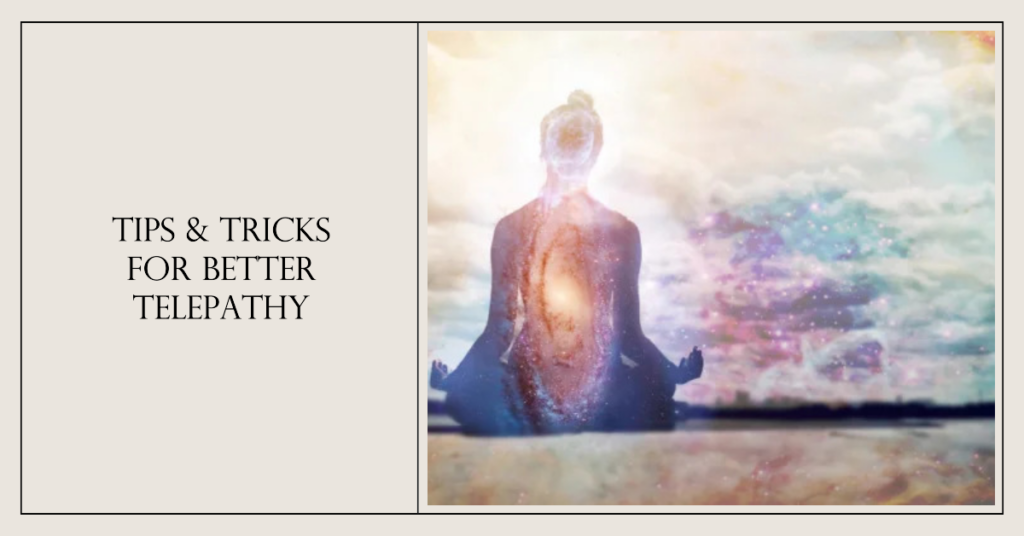
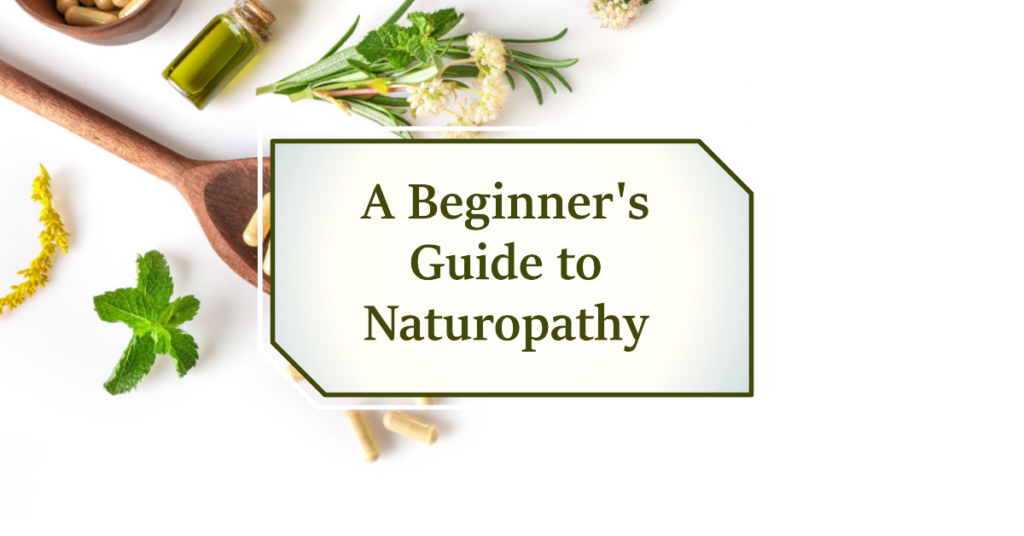
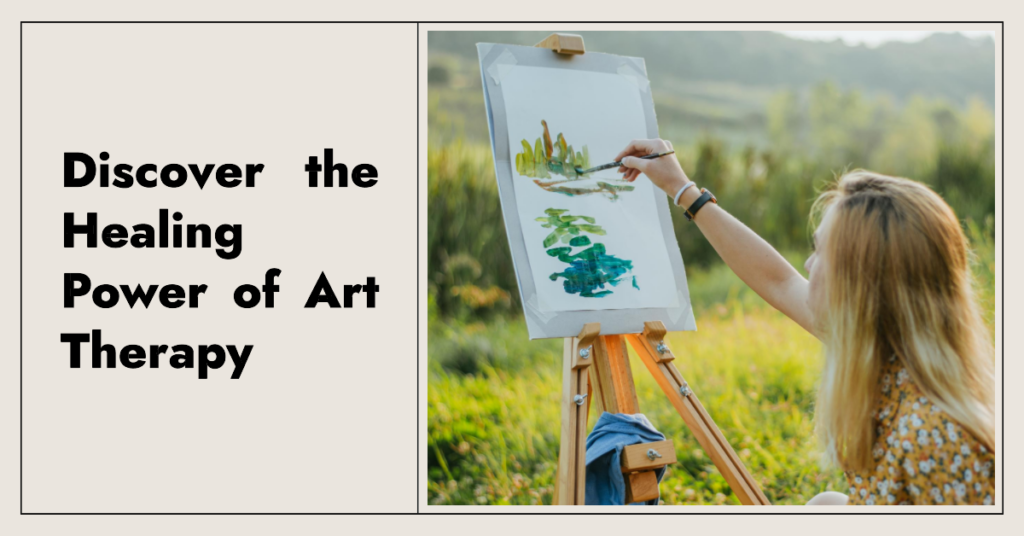
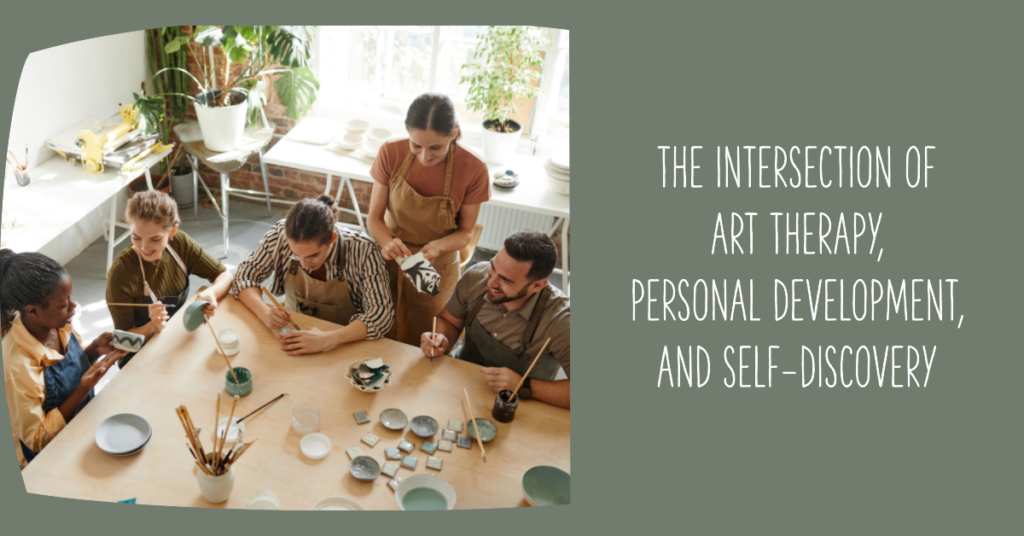
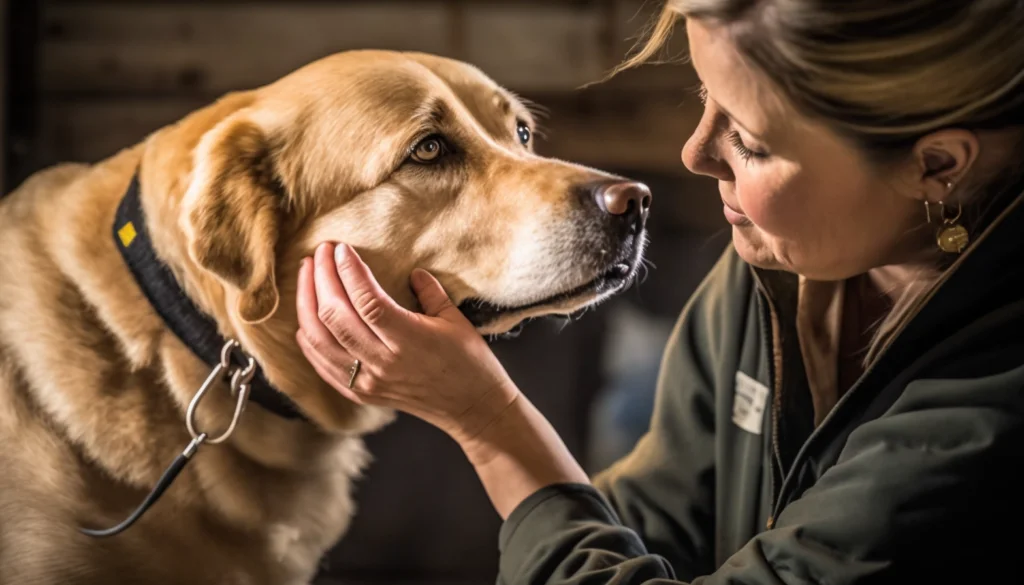




Responses